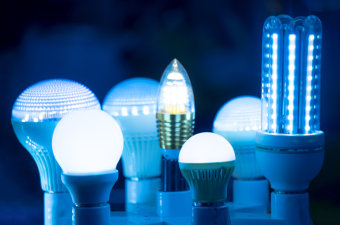Light Bulbs
Last Updated: 02/07/25
A man-made source of optical radiation.
 Product Details
Product Details
To the maximum extent practicable, federal agencies are required to buy sustainable products, which are products that meet the purchasing program(s) listed below.
If there is more than one program listed below, agencies are directed to prioritize multi-attribute products, which meet statutory purchasing program requirements (![]() ) and one or more required Environmental Protection Agency purchasing programs.
) and one or more required Environmental Protection Agency purchasing programs.
Review our frequently asked questions for more information.
|
Product Type
|
Procurement Info
|
Where to Buy
|
|---|---|---|
| Compact Fluorescent Lamps (CFLs) | ||
| LED Lighting |
 Legal Requirements
Lists federal requirements related to the purchase of this item, including applicable Federal Acquisition Regulation (FAR) requirements
Legal Requirements
Lists federal requirements related to the purchase of this item, including applicable Federal Acquisition Regulation (FAR) requirements
 Life Cycle Cost Savings
Life Cycle Cost Savings
Life Cycle Costing (LCC) aims to quantify the financial impact of a product over its entire life cycle to assist consumers in making decisions that will save them money over the long term.
To calculate life cycle cost savings, explore these tools:
- For life cycling costing on specific brand-name products, visit SFTool Product Search
 by clicking the green box at the top of this page. Once you have created an account, add a product to a project and open the project. The tool displays energy cost savings, adjusting for local utility rates, operating conditions, and the purchase price.
by clicking the green box at the top of this page. Once you have created an account, add a product to a project and open the project. The tool displays energy cost savings, adjusting for local utility rates, operating conditions, and the purchase price. - NREL’s Levelized Cost of Energy Calculator
 can help estimate the cost of electricity as an input for your lifecycle cost calculations, accounting for both cost escalation and discount rates.
can help estimate the cost of electricity as an input for your lifecycle cost calculations, accounting for both cost escalation and discount rates.


 FEMP
FEMP